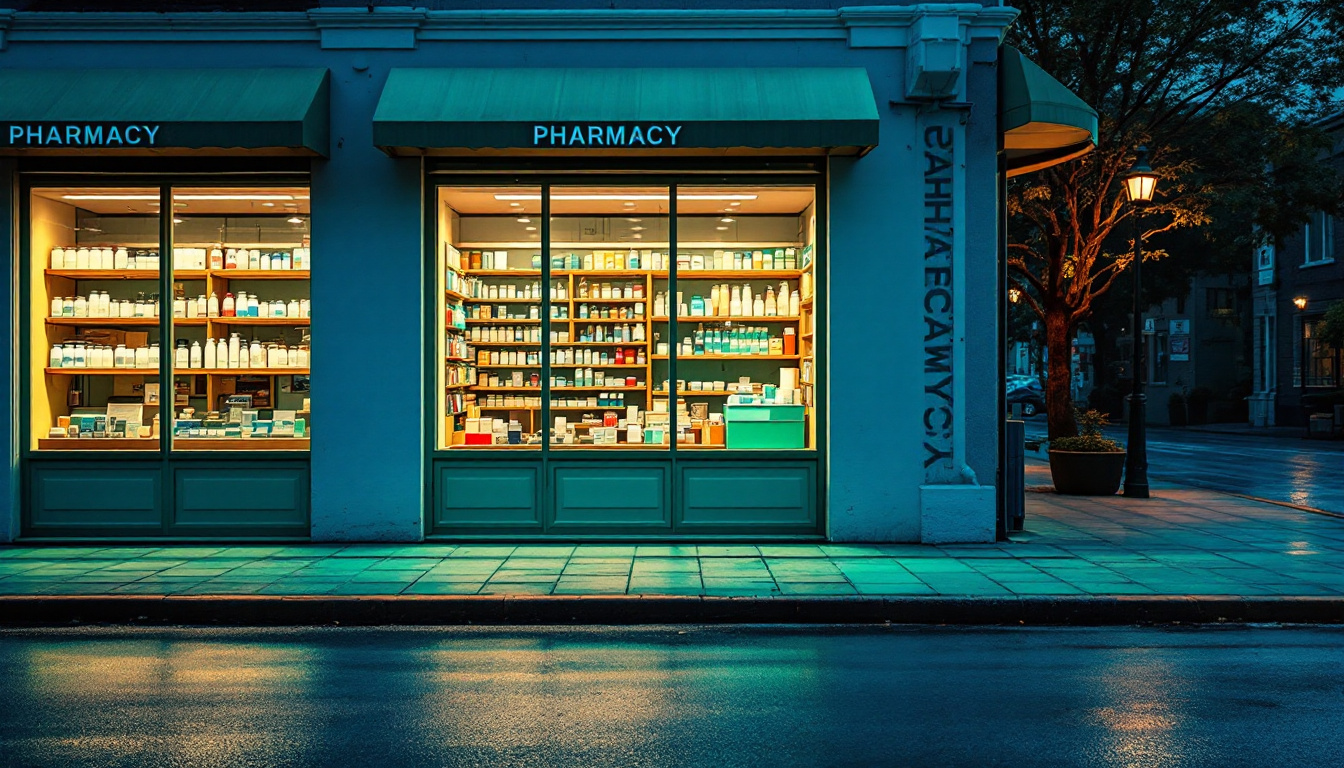Understanding Prescription Drug Abuse
Prescription drug abuse represents a significant public health issue in the United States, affecting millions across various demographics. This ongoing crisis is characterized by the misuse of medications intended for pain relief, mental health conditions, and other medical ailments.
Current Statistics on Prescription Drug Abuse
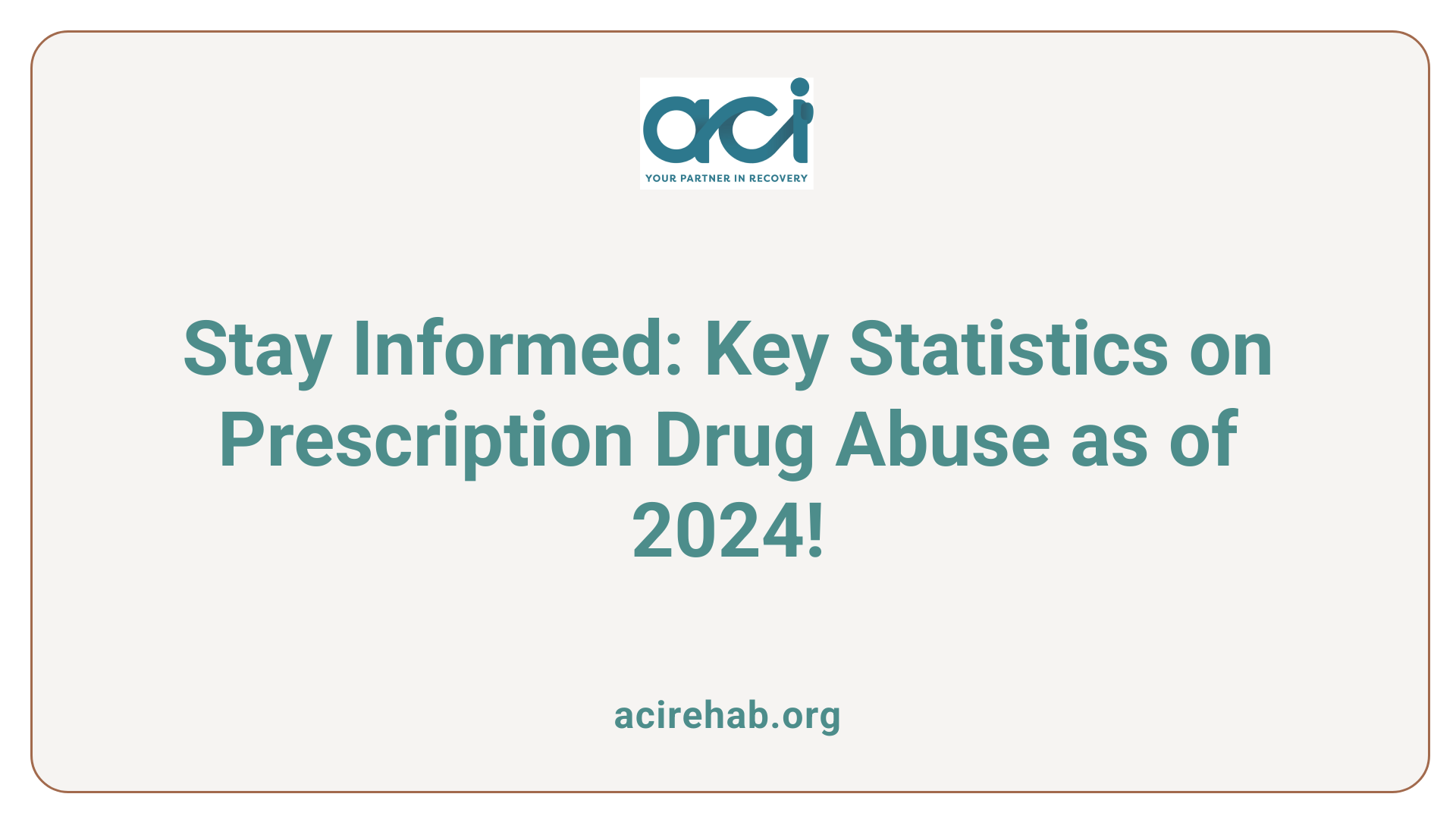
What are the current statistics on prescription drug abuse in 2024?
As of 2024, approximately 6% of Americans over the age of 12 abuse prescription drugs annually. This figure equates to about 16.3 million individuals misusing these medications, with 22.6% or around 3.7 million being first-time users. The opioid crisis continues to heavily influence these statistics, as opioids account for 4 out of every 5 prescriptions filled at pharmacies in the U.S.
In 2021 alone, approximately 14.3 million individuals reported misusing any prescription psychotherapeutic drug within the past year, signaling a substantial overlap in misuse across various prescription types. Notably, the misuse of prescription drugs leads to dire health consequences, including overdose deaths—over 14,000 fatalities related to prescription opioids were reported in 2022.
Despite some positive trends, such as a slight decline in overdose deaths related to specific opioid medications, the overall crisis of prescription drug misuse continues to pose significant challenges in public health. Continuous monitoring and intervention efforts are crucial to address this persistent issue.
Understanding Misuse of Prescription Drugs
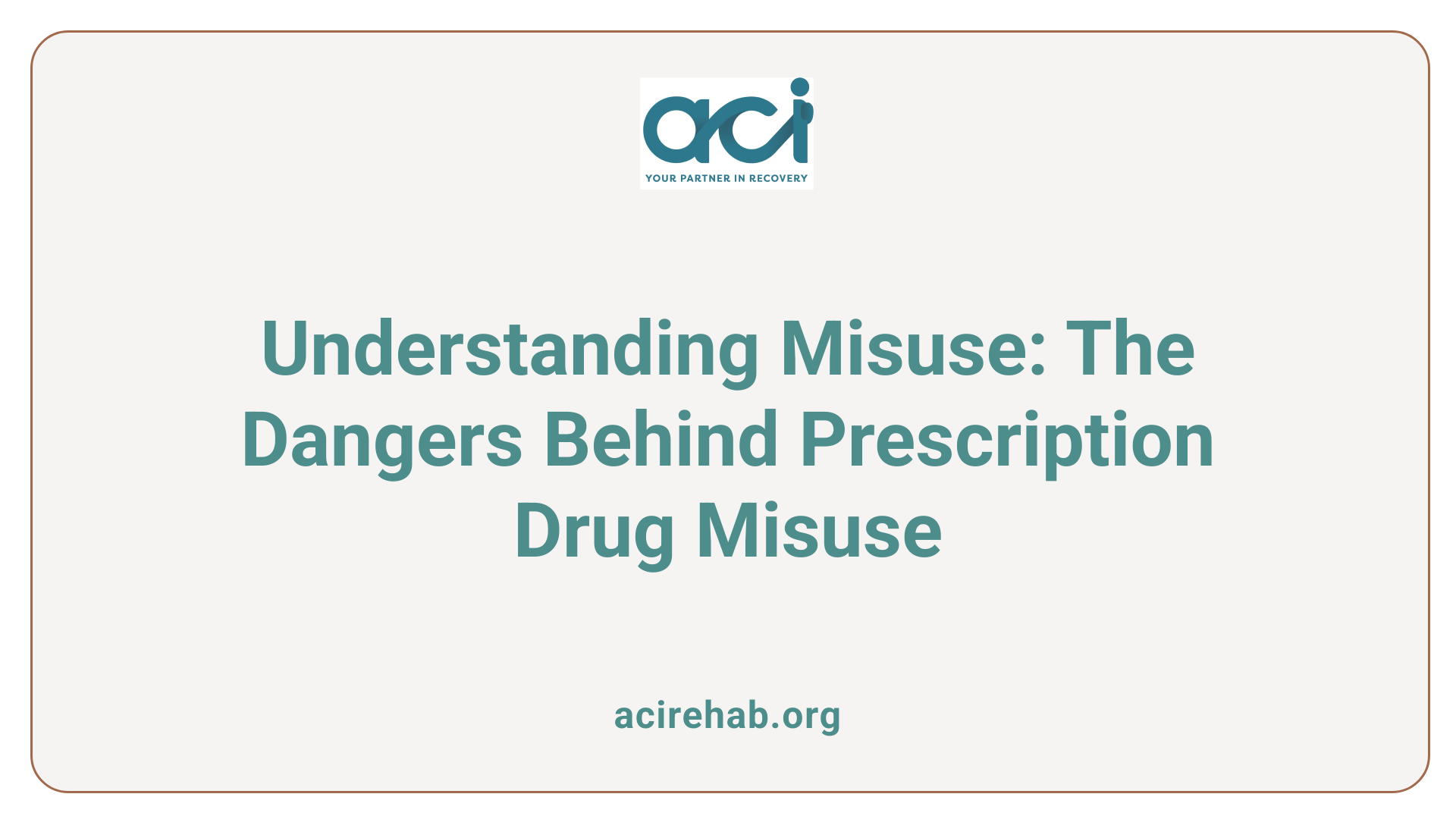
What is the misuse of prescription drugs?
Misuse of prescription drugs refers to taking medications in a way that deviates from the prescribed instructions. This can include actions such as taking someone else’s medication or using drugs for non-medical purposes to achieve desired effects like euphoria.
It’s important to note that nearly 52 million Americans aged 12 and older have abused prescription drugs at some point in their lives. This troubling trend has been exacerbated over the past two decades, resulting in an alarming rise in treatment admissions for drug use disorders and increased overdose deaths.
Commonly misused medications
The most commonly misused classes of prescription drugs include:
- Opioids: These account for approximately 57.1% of prescription drug abuse, with 9.3 million people misusing them each year.
- Central Nervous System Depressants: This category includes tranquilizers and sedatives, significant contributors to prescription drug misuse.
- Stimulants: Often used to treat attention disorders, their misuse has reached concerning levels as well.
Impact on health
The impact of prescription drug misuse on health can be severe. Misuse can lead to life-threatening consequences, such as respiratory depression from opioids and cardiac issues from stimulant misuse. In 2021 alone, there were 16,706 overdose deaths related to prescription opioids, illustrating the dire implications of this widespread issue. Preventive measures, including proper prescribing practices and education, are crucial to combatting this growing public health crisis.
Prevalence and Patterns of Prescription Drug Abuse
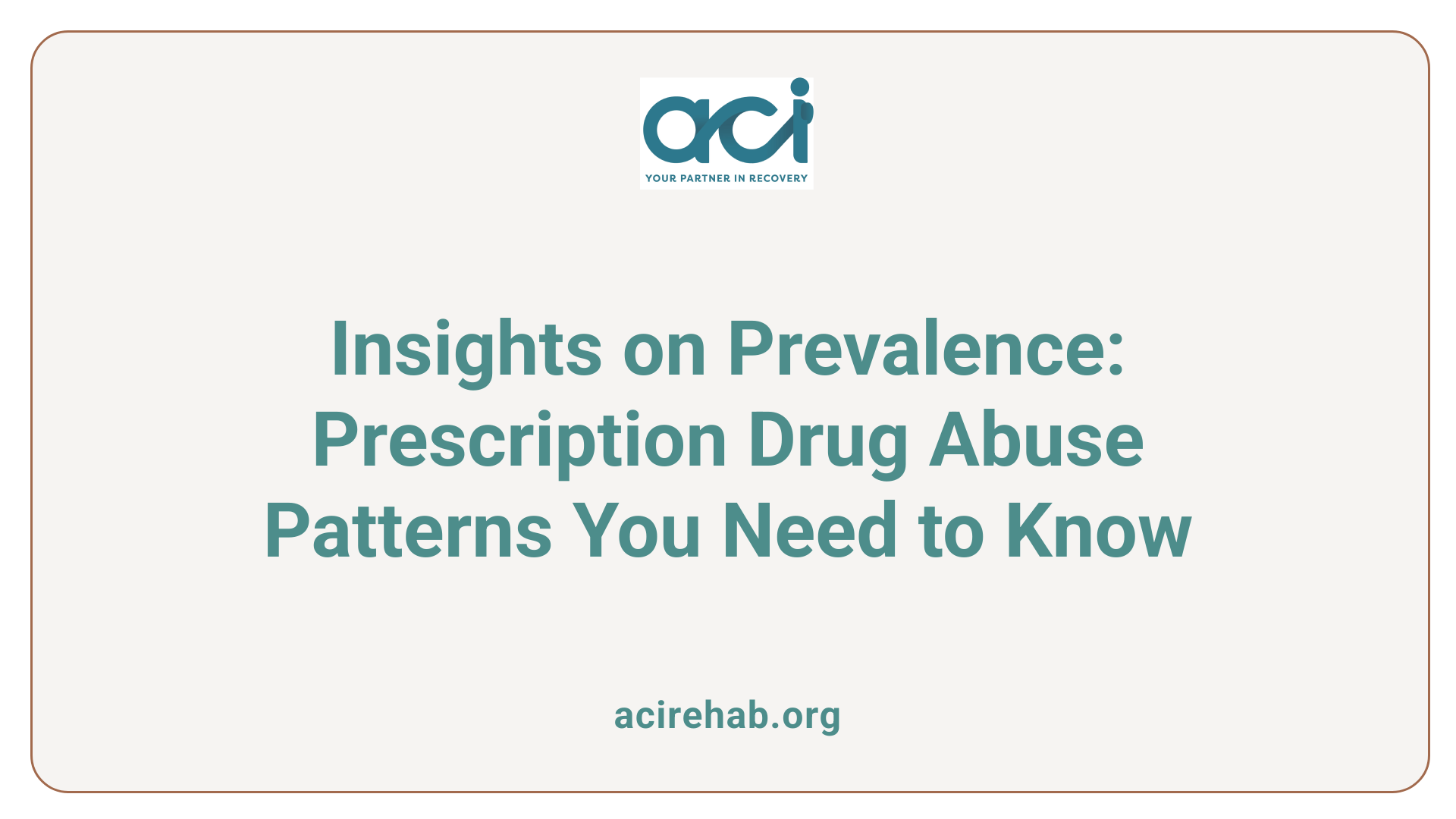
What percentage of the population abuses prescription drugs?
Approximately 6% of Americans over the age of 12 are reported to abuse prescription drugs annually, which equates to around 16.3 million individuals misusing these drugs each year. In terms of lifetime misuse, the numbers are higher; about 18.4% of the population—which translates to 52 million people—have reported using prescription drugs for non-medical purposes at least once in their lives.
Among those who abuse prescription drugs, around 2 million individuals, or 12%, qualify as being addicted.
Opioid crisis
Opioids represent a significant concern within the overall prescription drug abuse landscape. Nearly 9.3 million Americans specifically misuse prescription opioids each year. The opioid crisis has led to severe public health implications, with almost 50,000 deaths attributed to opioid overdoses annually. These alarming statistics underscore the critical need for ongoing awareness, monitoring, and intervention efforts to combat prescription drug abuse across all demographics.
| Statistic | Value | Notes |
|---|---|---|
| Annual prescription drug abusers | 6% | About 16.3 million people |
| Lifetime prescription drug misuse | 18.4% | About 52 million people |
| Annual opioid misusers | 9.3 million | Major source of prescription drug abuse |
| Annual opioid overdose deaths | Nearly 50,000 | Significant public health concern |
Historical Overview of Prescription Drug Abuse
What are the historical trends in prescription drug abuse?
Historical trends in prescription drug abuse in the United States reflect a longstanding public health concern. This began with the medicinal use of opium and coca leaf, and over time evolved into more complex issues surrounding addiction and misuse. Significant legislative measures, such as the Harrison Narcotics Tax Act of 1914 and the Drug Abuse Control Amendments of 1965, were implemented to control the distribution of sedative hypnotics and opioids, underscoring the growing awareness of their addiction risks.
The establishment of Prescription Drug Monitoring Programs (PDMPs) has also played a crucial role in monitoring prescription drugs since their introduction. These programs serve as critical tools in combating misuse and diversion, allowing for better tracking of prescriptions.
Starting in the 1990s, the opioid crisis escalated significantly as the medical community began advocating for aggressive pain management practices. This led to the widespread introduction of prescription opioids such as OxyContin, which revealed alarmingly high addiction rates among chronic pain patients.
Recent ongoing efforts focus on developing medications with less abuse potential and enhancing monitoring systems to improve public health safety. As awareness of prescription drug abuse continues to grow, adapting and refining these strategies remains a priority for health authorities.
Why Prescription Drugs Are Addictive
Why are prescription drugs addictive?
Prescription drugs can be addictive because they activate the brain’s reward center, which can lead to physical dependence over time. This means individuals may find themselves needing to increase their dosage to achieve the same effects, ultimately resulting in addiction.
Types of addictive prescription drugs
Among the commonly misused prescription drugs are:
- Opioids: These painkillers are highly addictive, with 9.3 million Americans abusing them. They account for over 40% of all opioid overdose deaths in the U.S.
- Anti-anxiety medications (Benzodiazepines): Approximately 1.5 million misused these within the past year, highlighting the risks tied to dependence.
- Stimulants: Used primarily for ADHD, an estimated 1.7 million people misused them, revealing their addictive potential.
Influencing factors
Several factors can lead to the misuse of these drugs, including:
- Personal or familial history of substance abuse
- Mental health Issues
- Environmental influences, such as easy access to medications in home medicine cabinets
Addressing these social and psychological factors is essential for prevention and recovery. Effective communication about the risks of drug misuse and early intervention is vital to combat the rising rates of addiction.
Commonly Abused Prescription Medications
What are the most commonly abused prescription drugs?
The landscape of prescription drug abuse reveals some alarming trends, particularly concerning certain classes of medications. Painkillers and opioids lead the charge, accounting for 59.5% of prescription drug abuse. Opioids like oxycodone and hydrocodone are among them, with approximately 9.3 million people misusing these drugs annually. The opioid crisis has prompted serious public health concerns, exacerbated by the fact that 57.1% of prescription drug abusers only misuse opioids.
Depressants, such as benzodiazepines (like diazepam and alprazolam), also hold a significant share in prescription misuse; 6.1 million individuals reported misusing these in the past year. Stimulants used for ADHD, including amphetamines and methylphenidate, add to the mix, with around 1.7 million misusing them.
Teenage accessibility and misconceptions
Teenagers are particularly vulnerable to prescription drug misuse. Surveys indicate that 24% of teens have abused prescription drugs at some point, often due to the misconception that they are safer than illegal substances. Many young people, 42%, obtain these drugs from family medicine cabinets, highlighting a critical need for secure storage at home. Education around the risks associated with this misuse is essential for prevention. The consequences are severe, including potential addiction and acute health issues, reinforcing the need for greater awareness and precautionary measures.
Teenage Prescription Drug Abuse
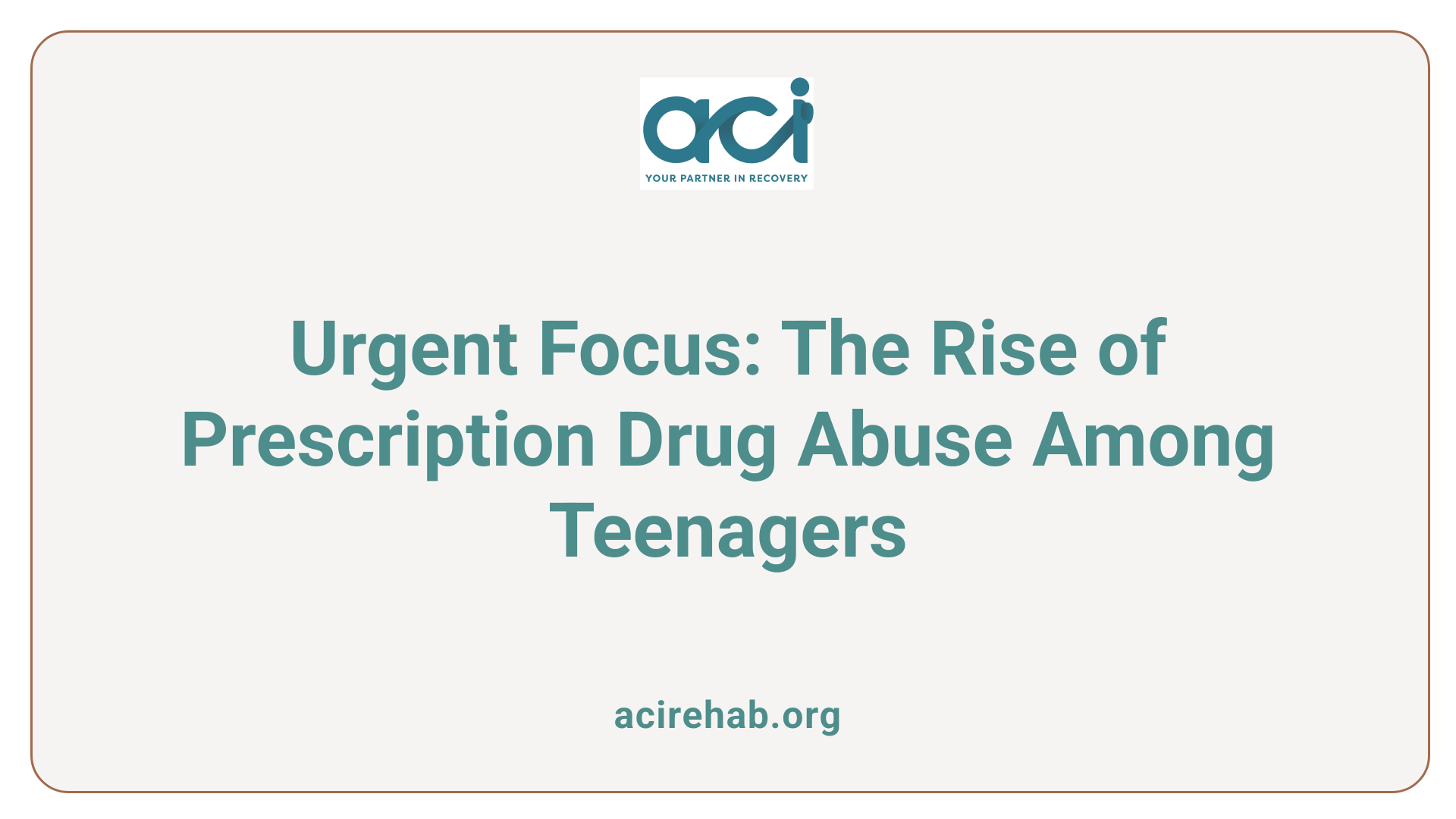
What is the prevalence of prescription drug abuse among teenagers?
The prevalence of prescription drug abuse among teenagers is alarming. Approximately 4.9% of youth aged 12 to 17 misuse prescription medications annually, with a notable 2.52% specifically misusing pain relievers. National surveys reveal that 17.8% of high school students have reported taking prescription drugs without a doctor’s prescription at least once in the past year. This widespread issue highlights the need for awareness and intervention.
Access and misconceptions
Access plays a crucial role in this epidemic. 62% of teenagers who misuse prescription drugs believe these medications are easy to find in their parents’ medicine cabinets. Tragically, 35% of teens think that prescription drugs are safer to abuse compared to illegal drugs, reflecting a dangerous misconception about the risks associated with their misuse.
Prevention strategies
Addressing this issue requires targeted prevention strategies. Education and awareness campaigns need to focus on the dangers of misusing prescription medications and the importance of secure disposal of unused drugs. Additionally, encouraging open communication between parents and teenagers can help reduce access and challenge dangerous misconceptions about prescription drugs.
Demographics of Prescription Drug Abuse
Most Affected Demographic Groups
Prescription drug abuse impacts various age groups, with adolescents and young adults being particularly vulnerable. Approximately 2.7 million individuals aged 12 to 17 and 6.9 million individuals aged 18 to 25 have abused prescription drugs at least once. Notably, over 24% of teens report misusing prescription medications at some point in their lives, showcasing a troubling trend that underscores the need for targeted prevention efforts.
Youth and Elderly Misuse
While younger populations are significantly affected, the elderly are also at risk, with 67.7% of adults aged 65 and older reported to use three or more prescription drugs. This increase in polypharmacy raises concerns about the potential for misuse and adverse reactions among older adults, who may take multiple medications for chronic conditions.
Gender Differences in Prescription Use
There are marked differences in prescription drug use between genders. Women are prescribed medications 11% more than men, yet men are 22.9% more likely to misuse them. Understanding these differences can help tailor interventions to address the specific patterns of misuse within each demographic.
Implications and Prevention of Prescription Drug Abuse
Health and legal risks
Prescription drug abuse carries significant health risks, including life-threatening respiratory depression from opioids and stimulants that can lead to severe overdoses. In 2021 alone, over 16,700 people died from overdose involving prescription opioids, exposing the dangerous consequences of misuse. Additionally, legal repercussions can arise if individuals are found misusing medications that are intended for someone else.
Strategies for prevention and education
Preventing prescription drug abuse involves robust educational programs aimed at all age groups. Initiatives should focus on informing teenagers about the dangers of thinking that prescription medications are safer than illegal drugs. Parents play a critical role by safeguarding medications at home and discussing responsible use with their children. School programs that address substance misuse can also promote awareness among adolescents.
Role of families and communities
Families must be proactive in discussing prescription drug safety, especially since 62% of teenagers mention taking drugs from parents’ medicine cabinets. Community resources, like regular medication take-back events, can help reduce the availability of unused prescriptions. Engaging community leaders to foster conversations about misuse and its dangers contributes to a broader culture of prevention surrounding prescription drugs.
Conclusion
The misuse of prescription drugs remains a multifaceted challenge that requires comprehensive strategies involving healthcare providers, policymakers, and communities. By understanding the statistics, trends, and demographics involved, efforts can be more effectively directed towards reducing the incidence of misuse, saving lives, and fostering healthier communities.
References
- Prescription Drug Abuse Statistics – NCDAS
- What is the scope of prescription drug misuse in the United States?
- Prescription Drug Use – Health, United States – CDC
- Prescription Drugs Fast Facts – Department of Justice
- NCDAS: Substance Abuse and Addiction Statistics [2023]
- Drug Overdose Deaths: Facts and Figures
- [PDF] Prescription Drugs Fast Facts – Department of Justice
- Prescription Drug Use in the United States, 2015–2016 – CDC

